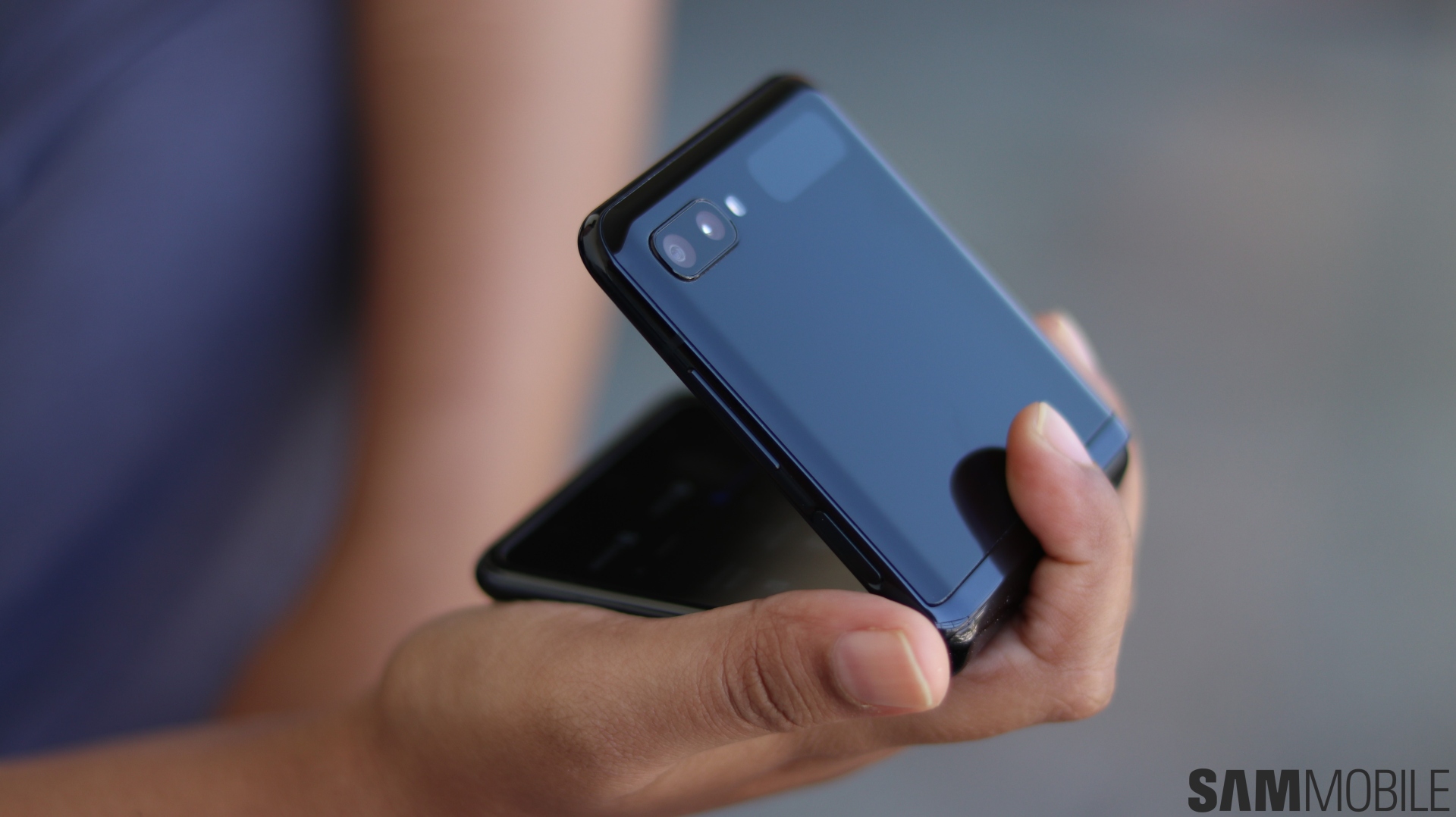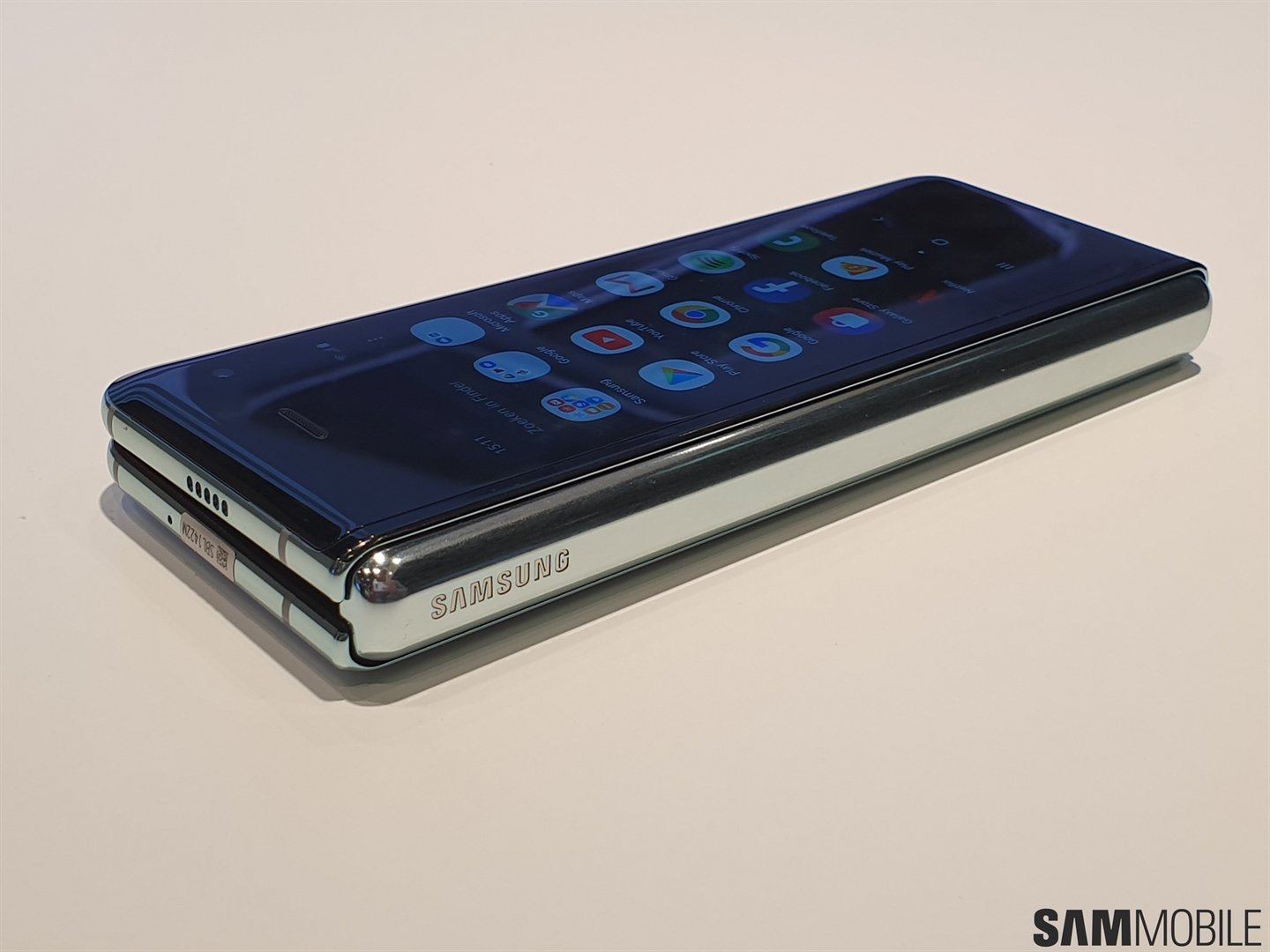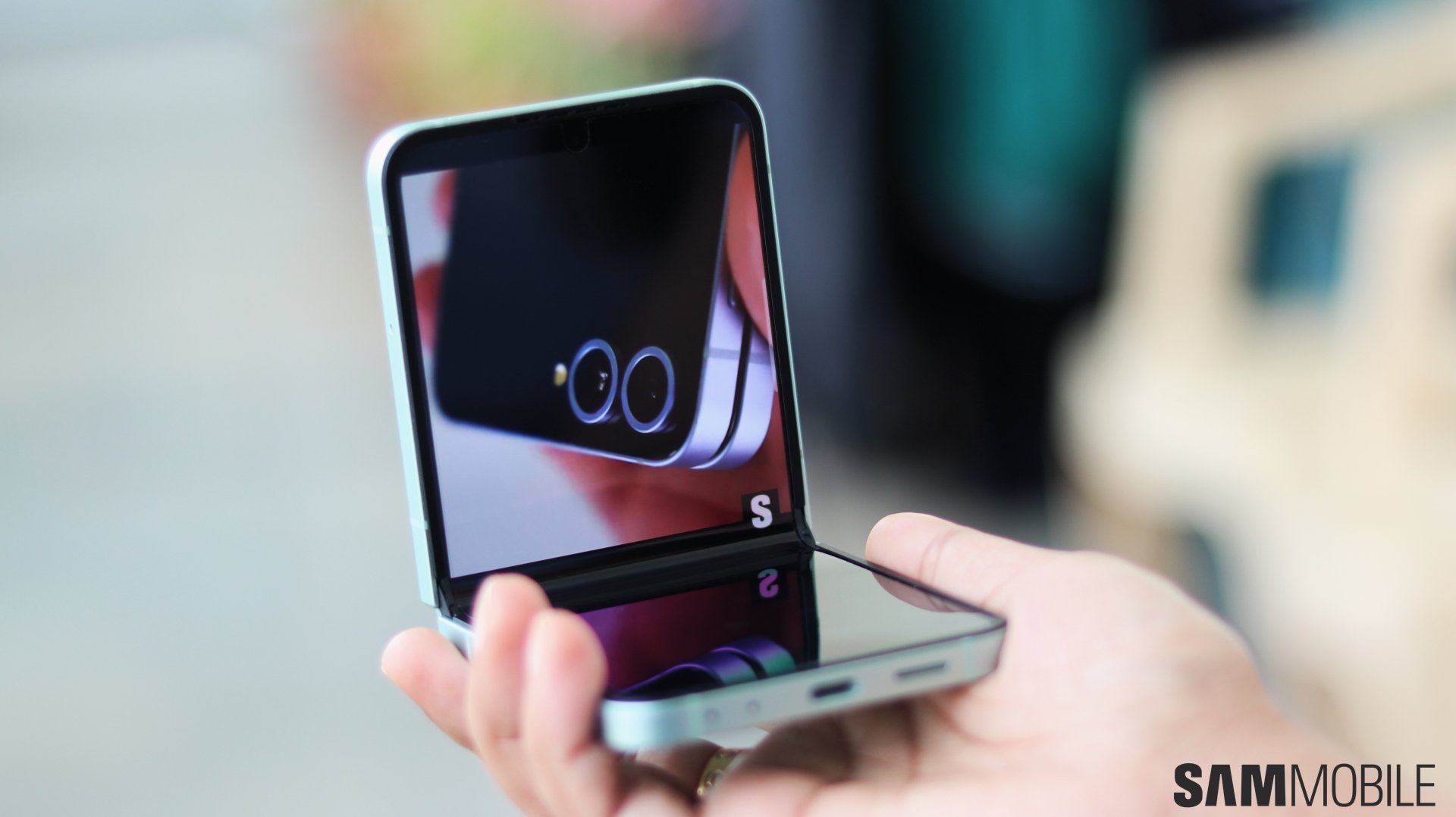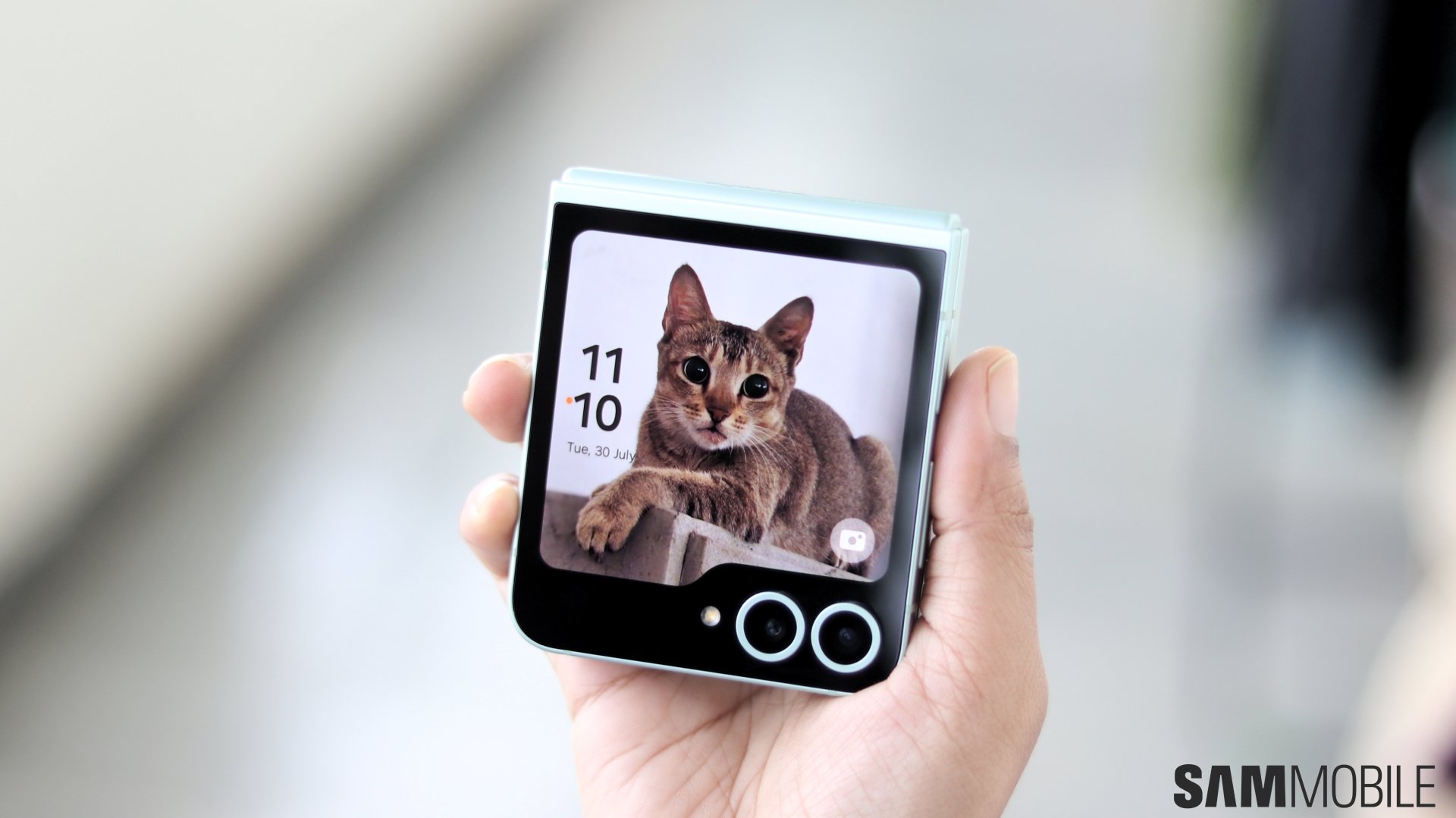
Because as technologically impressive as it is, the Galaxy Z Fold 2 is still an extremely peculiar device; one whose novel form factor may allow for a few extra use cases, but not before getting in the way of at least as many existing ones. Can Samsung improve the concept in time for the Galaxy Z Fold 3? Probably, but the real question is whether the next such fat-boy-slim design outperform the Galaxy Z Flip formula from the standpoint of functionality.
The fact that modern smartphone displays can bend is cool, there's no doubt about that. But the app ecosystem, on the whole, remains indifferent to Samsung's early experiments with such tech. And it's going to take many more millions of sold units before meaningful software innovation is even attempted, leaving the current batch of commercially available foldables in a strange place. Without specialized apps, devices like the Galaxy Z Fold 2 are really just less convenient flagships that are slightly better at getting an “ooh, shiny” reaction from passersby.
The Galaxy Z Flip isn't perfect, but it's still the only foldable with no major shortcomings
For over half a decade by now, Samsung claimed the number one consumer benefit unlocked by foldable displays will be the ability to conveniently carry a full tablet's worth of screen real estate in your pocket. The same pocket that's been threatening to burst ever since smartphone screens surpassed the 5-inch mark. And while that prediction seemed (and still seems) sensible in some respects, we've always been too eager to take Samsung's outlook as a guarantee instead of just wishful thinking.
In case you didn't realize, flow production of mobile OLED displays has been a pretty successful business for Samsung since the early days of the Galaxy Note family. Consequently, it's a given that Samsung's vision for the future of smartphones revolves around its maintained and even improved dominance in this lucrative field. And the current plan for building on this momentum comes down to jacking up profits and/by raising prices to the point of creating an entirely new, ultra-premium flagship category. This process is already well underway, albeit without the key ingredient necessary for it to succeed on the largest of scales: a massive audience both willing and able to pay a premium for highly experimental devices in the vein of the Galaxy Z Fold 2.
The Galaxy Z Flip, meanwhile, is a device that just makes sense from the moment you lay eyes on it. It's a flagship that doesn't push the definition of its category by overplaying its hand in the pricing department. It also leverages foldable display tech in order to deliver an all-around improvement over a classic, widely recognizable form factor that's gotten too big by making it pocketable, ultimately combining both eye candy and functionality into a package that leaves little to be desired.
Of course, it's debatable whether the Galaxy Z Flip is the best Samsung can currently do in terms of bendable devices. But nearly two years since the introduction of the original Galaxy Fold, this compact flip phone is still low-key Samsung's best jab at the concept to date.
















